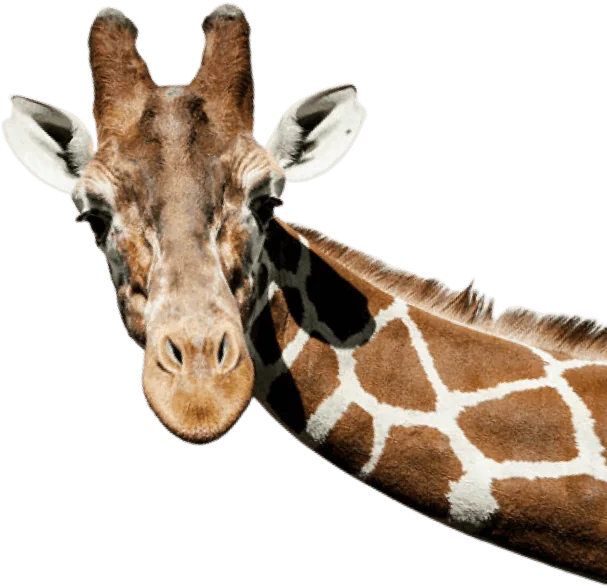green initiatives
Green Team
The Phoenix Zoo’s Green Team is a group of employees and volunteers dedicated to ensuring that the Zoo is as eco-friendly as possible and strives to conserve resources. The Green Team researches and makes recommendations on “earth-friendly” products and practices, especially ones we can incorporate into the operation of the Zoo.
“Living Green” means finding ways to reduce your negative impact on the environment and increase your positive impact — helping to conserve resources and preserve our world for future generations. It also means looking for ways to share the world with everything, including plants and animals and being a better neighbor in the natural world.
Energy Saving Measures
The Arthur L. Johnson and Elaine V. Johnson Foundation Conservation Center was built with a low impact on resources in mind. Decorative walls were made from recycled concrete from an old Zoo exhibit and installation was done largely by volunteer groups such as local Boy Scout troops.
In addition, SRP donated a 10- kilowatt solar power system for the Johnson Center to offset energy usage. The system (valued at more than $125, 000), funded by SRP EarthWise™ Energy, encourages customers to pay a small premium above their monthly electric bill to fund renewable-energy projects.
We have been working over the last few years to convert the millions of lights used for ZooLights to LED, which use up to 90 percent less energy than traditional lights. To date, 100% of all ZooLights are LED! We’re also working to install energy efficient appliances in all of our buildings, including hand dryers in our restroom facilities.
Recycling at the Zoo
- We recycle 21 tons of material annually with the City of Tempe and send out other items to appropriate sources.
- We encourage our guests to recycle during their visit by providing 75 recycling bins throughout the Zoo.
- We transform leaf litter, manure, straw and other material into 88 tons of compost each yer.
- Many of the computers that we use at the Zoo are computers that have been recycled. We also participate annually in StRUT’s Computer Recycling Day.
- The napkins and paper used at the Zoo are made from recycled materials.
- We reuse many materials as enrichment items for our animals or project materials for camp programs and workshops. Such items include: newspapers, phone books, cardboard tubes and boxes, Christmas trees and plastic containers.
- Our Zoo maps are recycled.
Water Conservation
- During the past few years, by employing the following practices, the Zoo was able to reduce water consumption by 20%.
- Our mister systems, which help cool our animals and guests, are connected to either thermostats or timers so that they are only in use when they are needed.
- By changing the heads and installing motion sensors at Yakulla Caverns and Leapin’ Lagoon, we’ve been able to reduce the amount of water used at these popular attractions by over 30 percent.
- We are working to install rainwater catchments at the C.W. & Modene Neely Education and Event Center to help us water the landscape surrounding the building.
- We’ve installed water saving nozzles on all of our hoses to help save water while cleaning.
- Any water issues (such as broken sprinkler heads) are considered an emergency and fixed immediately so that we can minimize water loss.
- We work to use the most efficient means to water our landscape as we can.
- Low-flow urinals have been installed in many of the bathrooms.
- Plan to remove all non-native palms and replacing them with native or drought resistant trees – more shade and less water use.
- Future plans include investigating more rainwater and gray water capture to use for our landscaping.
Alternative Fuels
Most of the vehicles we use on Zoo grounds, including the Safari Train, use electricity or propane, which helps cut down on pollution.
Looking to the Future
We recognize that going green is a continual process and the Zoo’s Green Team continues to research and suggest new ways to help improve the sustainability of our operations. We’ll continue to update this section as we add new projects to our list.
Partnering with Other Organizations
The Zoo actively participates in conservation efforts of organizations in the Valley and around the globe.
The Zoo is a proud Seafood Watch Partner Organization, a program from Monterey Bay Aquarium to raise consumer awareness about the importance of buying seafood from sustainable sources. For more information about the Seafood Watch program or to download their mobile app, visit seafoodwatch.org.
that's zoo we are
The Phoenix Zoo is one of the largest non-profit zoos in the U.S., caring for over 3,000 animals, with nearly 400 species represented, including many threatened/endangered species.








